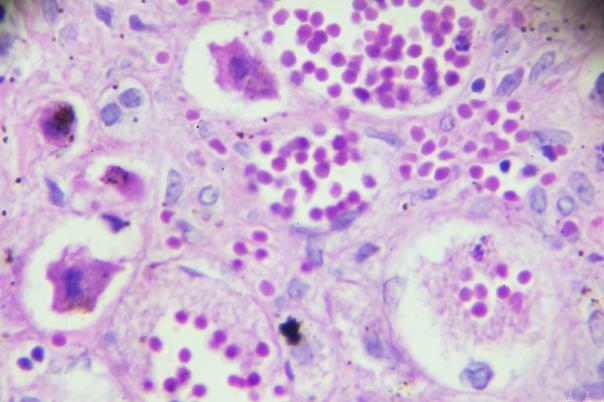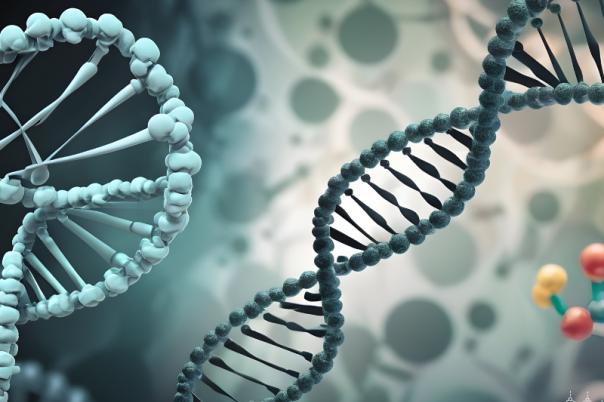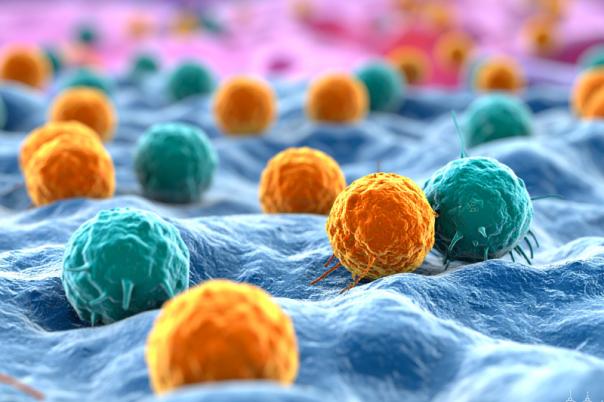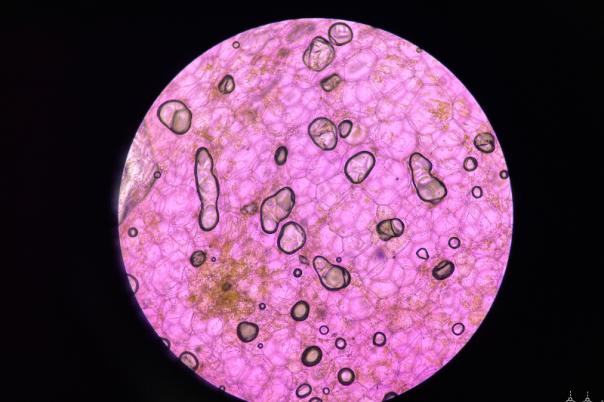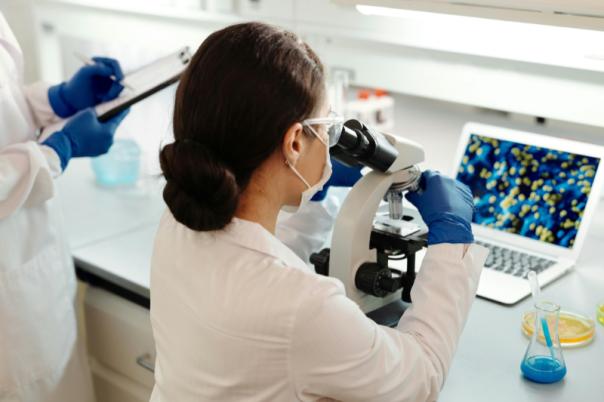Silas Maniatis, Associate Director, Technology Innovation at the New York Genome Centre, discussed his recent spatial development in the context of neurological disease. Biologists are interested in disease, but Maniatis stressed that they need to invent tools that help scientists address necessary research questions.
ALS is a devastating and progressive neurodegenerative disease marked by heterogeneity due to the spectrum between motor and cognitive phenotypes. Maniatis explained that dementia is an important component of the disease, but it is not entirely clear how the two disorders relate. Most of the mutations known to cause ALS are expressed rather ubiquitously, which raises the question of how patients lose specific cell types in either disorder.
Clinical diagnosis usually takes place at advanced stages so early biomarker identification is critical. Maniatis explained that conventional bulk analysis methods were not suitable for detecting early disease processes as a result of the complexity of cellular interactions in affected tissues. Therefore, the team opted for spatial transcriptomics instead. They collaborated with SciLifeLab in Sweden to use early versions of Visium technology on their samples.
Over 1,300 mouse and 100 human tissue sections underwent analysis. The findings showed that the early-stage Visium technology successfully detected molecular changes at much earlier disease stages than bulk RNA sequencing methods. Yet, there were some limitations, for example, the resolution led to mixed signals. So, the team developed computational methods to refine cellular interactions and gene expression patterns.
They used AI-based image segmentation to identify motor neurons within tissue sections. By integrating histological images and spatial transcriptomic data into a common coordinate framework, Maniatis enhanced cell-type specificity. This approach proved valuable beyond ALS and was later applied to colorectal cancer research.
Maniatis described the development of the 4I technology to overcome limitations in antibody availability and the iterative indirect immunofluorescence imaging for studying pathological protein aggregates. Further advancements included the integration of SABER (Signal Amplification by Exchange Reaction) chemistry, enabling faster, high-throughput spatial imaging with over 40 stains per sample. This method allows direct multimodal analysis by simultaneously visualizing RNA and protein markers.
